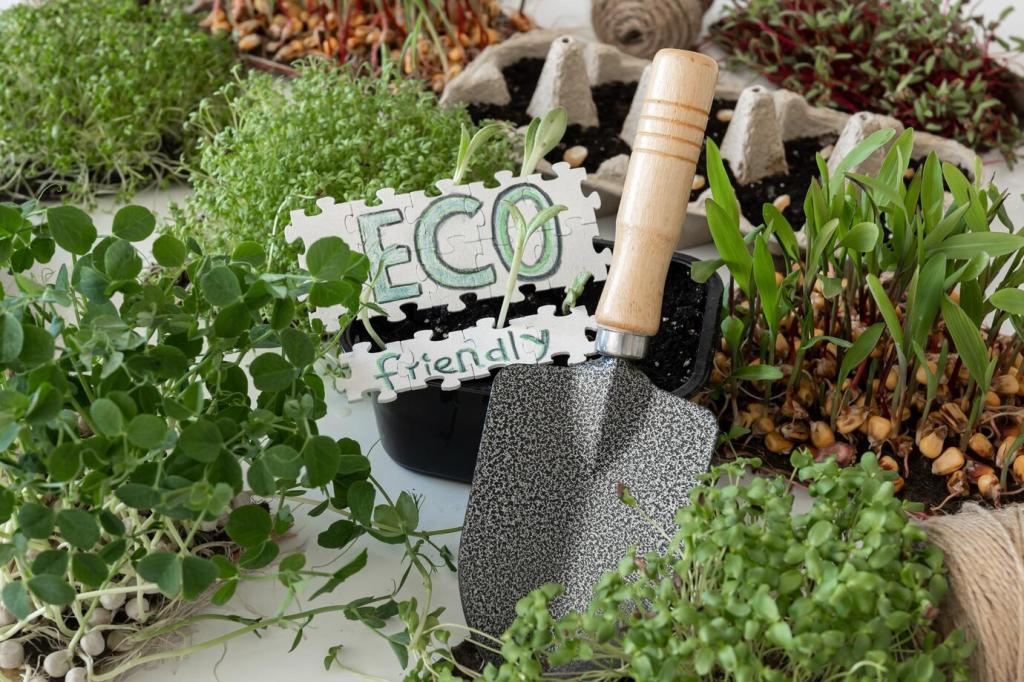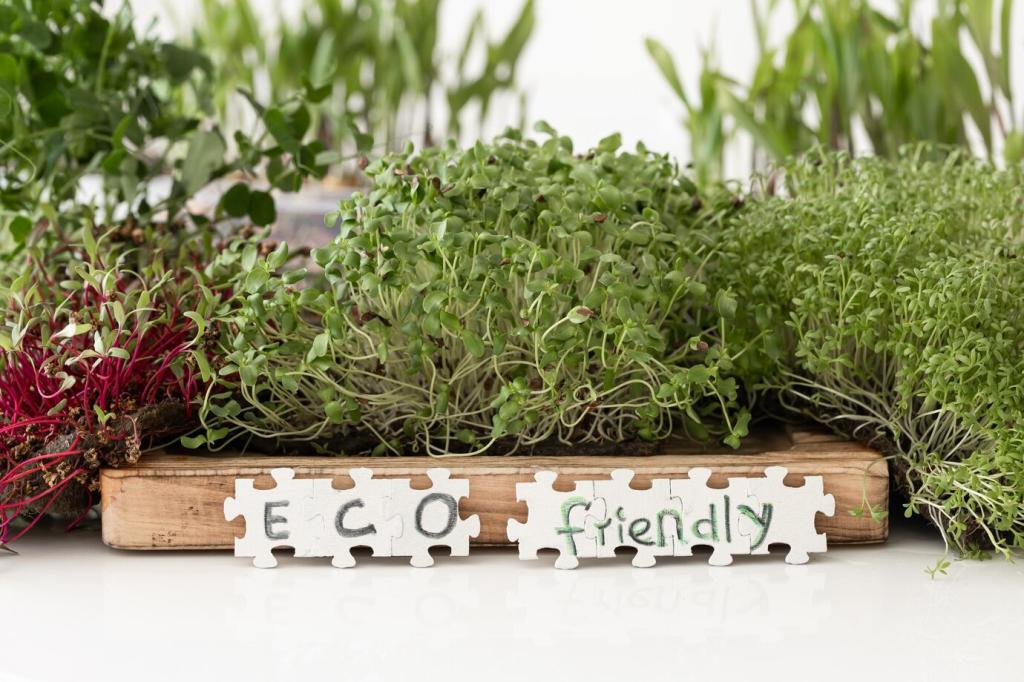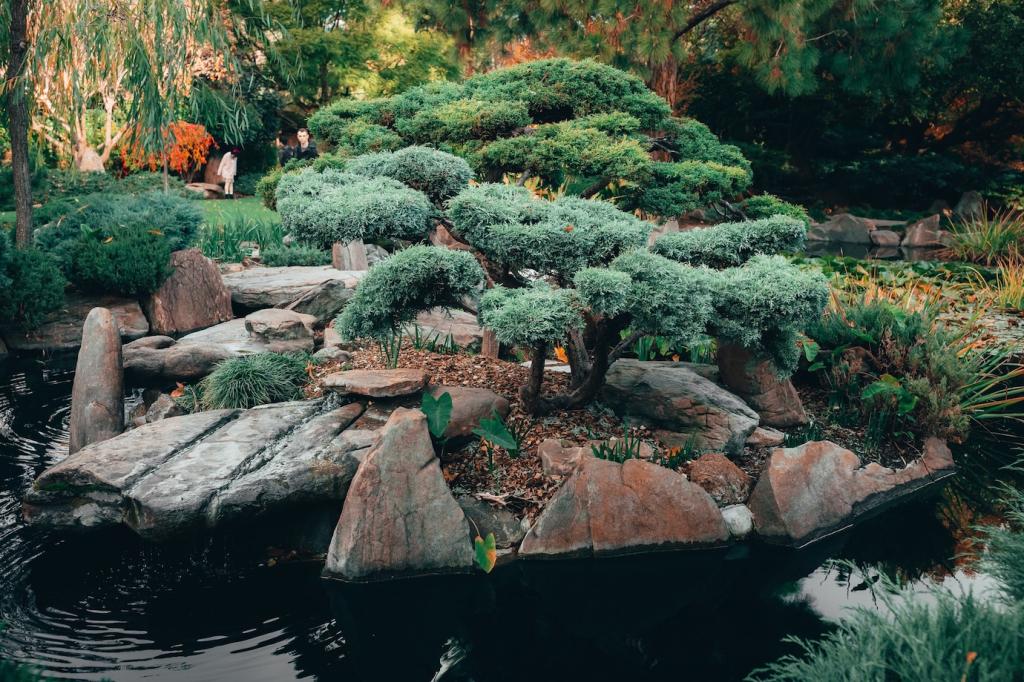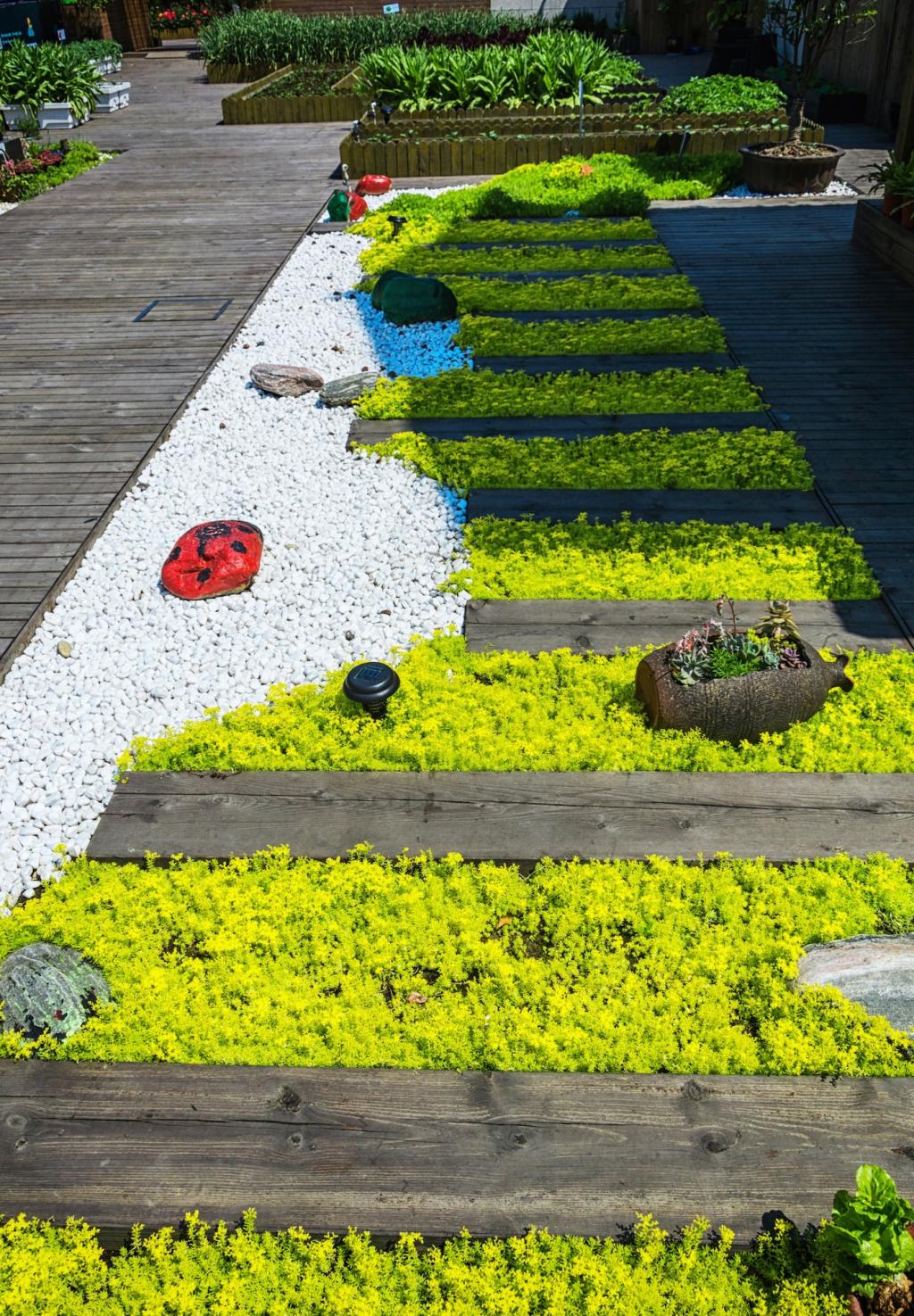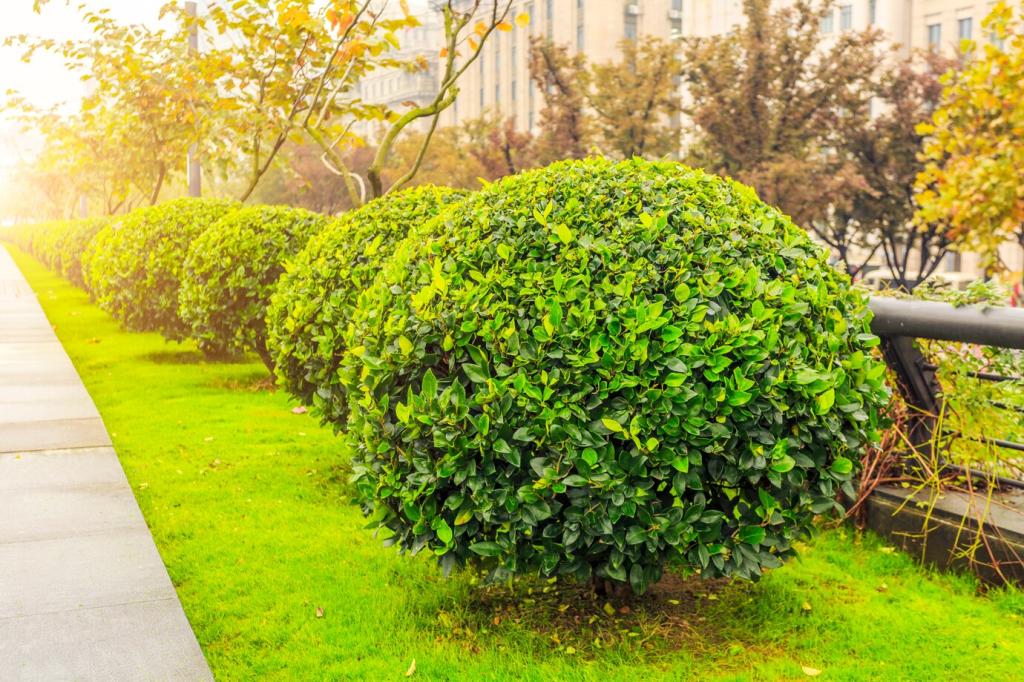Water‑Wise Site Design
Before planting, observe how morning shade lingers, where wind funnels, and how puddles fade after storms. These quiet clues guide water placement, protect roots, minimize runoff, and shape resilient planting zones your future self will appreciate.
Water‑Wise Site Design
Group plants with similar water needs to simplify irrigation and boost efficiency. Lavender won’t drown beside ferns, edibles get reliable moisture, and mature trees stay independent. Share your plant groupings and we’ll help fine‑tune schedules for lasting savings.


